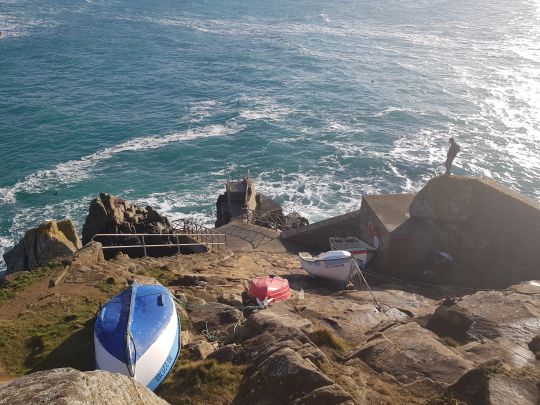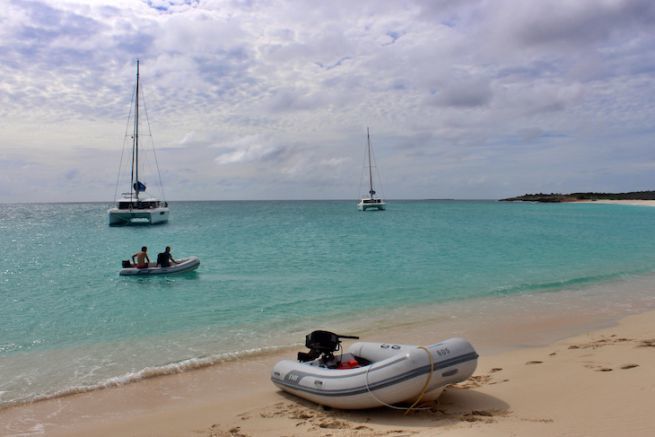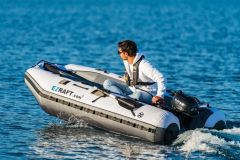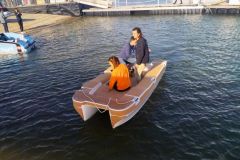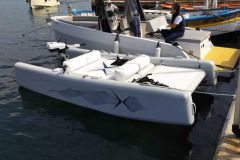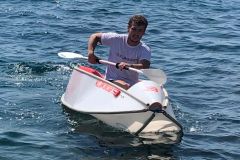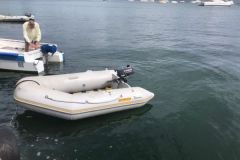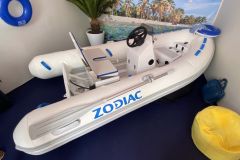To choose your annex properly, you will first have to define some mandatory criteria. What will it be used for and at which fréquence?? How many people will you board at bord?? What budget can you devote to it, and therefore what quality would you like-vous?? What will be the storage (inflated or deflated) and how much space do you have at bord??
Once you have answered these questions, you can then look at the 5 different types of annexes that exist.
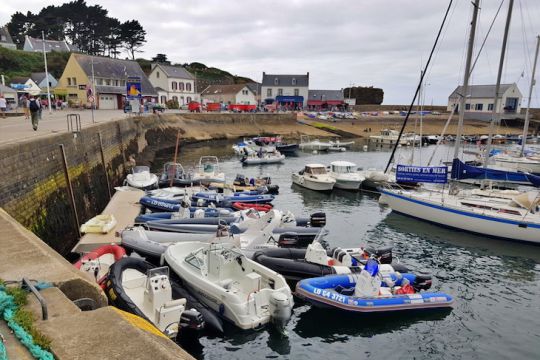
Tender with slatted floor
The slatted bottom makes the floor more rigid, which does not prevent the folding / unfolding, which remains easy to implement. Thanks to its rigidity, the battened floor tender is safer and more stable, especially during embarkations/disembarkations.
Use: occasional to regular
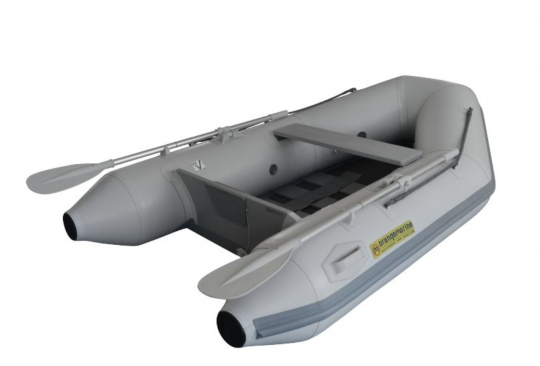
Tender with inflatable floor
With its inflatable bottom, this type of dinghy is easy to use. The high-pressure inflatable floor provides stability during embarkation/disembarkation and more comfort at sea with its V-shaped hull, which gives it a good seaworthiness. Fully inflatable, it will be lighter than a battened floor annex of equivalent size.
Use: regular
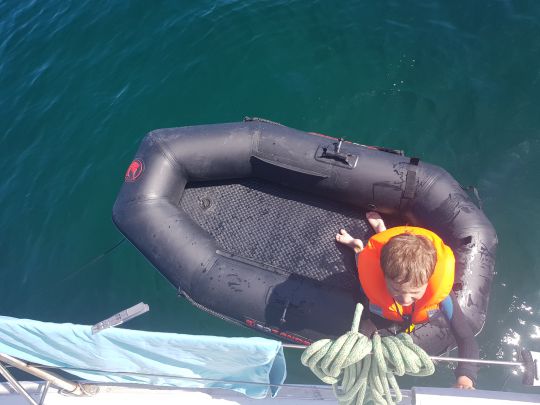
Aluminium floor annex
The bottom of this annex is made up of several interlocking aluminium plates that stiffen the bottom. A system that provides stability for boarding and disembarking. Aluminium also provides more resistance to this type of annex. We will appreciate its inflatable keel which offers a very good marine behaviour when sailing.
The aluminium floor can be dismantled, which will allow the annex to be folded. It will just take more time to assemble and disassemble.
Use: regular
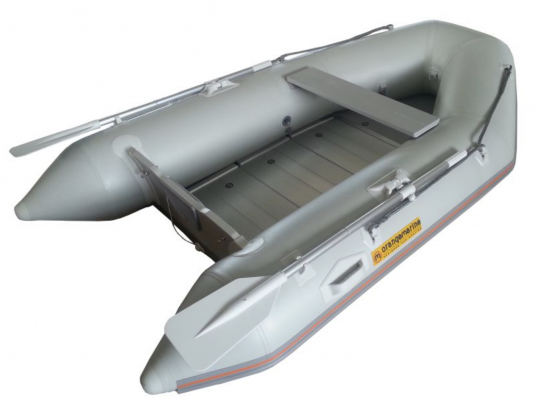
Semi-rigid tender
With its rigid hull made of fibreglass and polyester resin (cheaper) or aluminium (more resistant), this tender offers better performance. It is also more manageable and secure, but more cumbersome. It will have to be stored on davits at the back of the boat.
Intensive use. Better performance. Fiberglass glass-resin polyester or aluminum hull. More manageable and secure. Single V-shell or double V-shell. The double hull has a flat floor that makes it easier to move around on board and allows a console to be attached.
Use: intensive
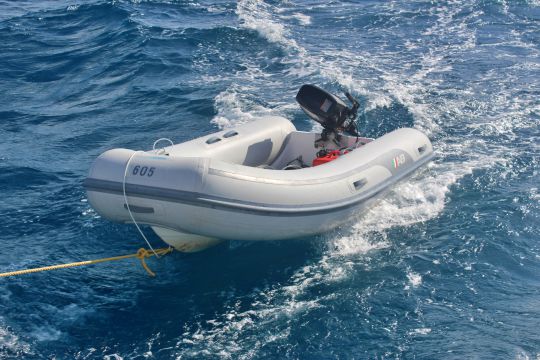
Rigid annex
The rigid tender, unlike all those previously mentioned, will not be stored on board the boat. It will only allow you to disembark at anchor and will be stored on a hold or on the dead body of your boat.
Use: occasional
